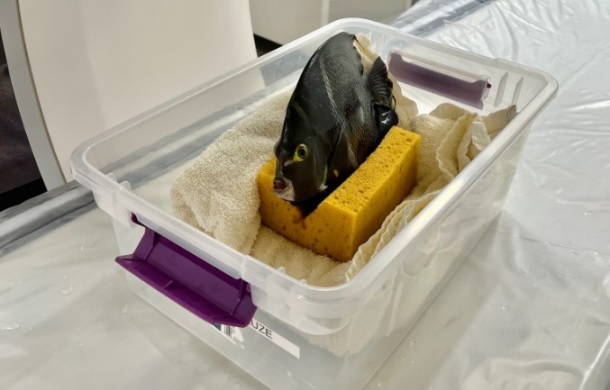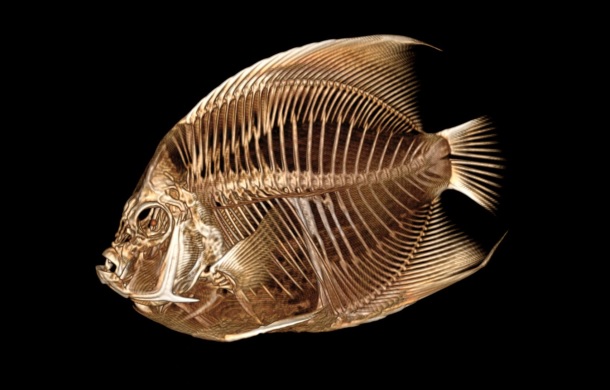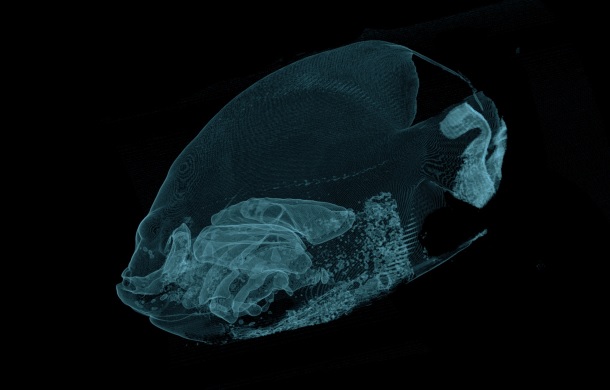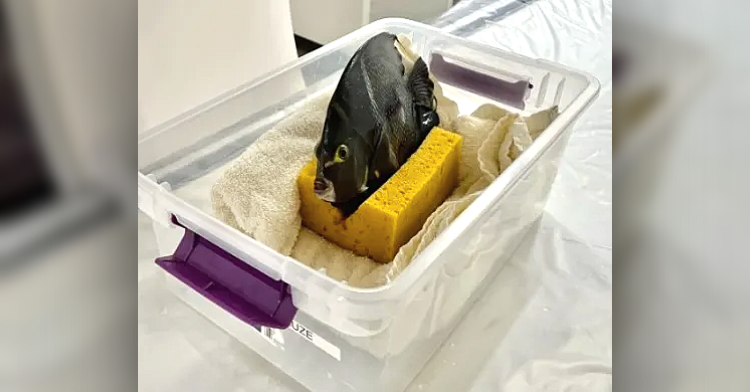At the Denver Zoo, a favorite exhibit is the beautiful French angelfish tank. The fish majestically swim about in their aquarium as zoo patrons ooohhh and aaahhhh. When zoo personnel noticed one of their fish swimming oddly, they set out to determine the cause. Using a “computed tomography,” or CT scan, they could locate the issue for the French angelfish and correct it.
Videos by InspireMore
The CT scan took place in a machine large enough for a full-sized bear, so they had to make special accommodations for the little fish. Fish also move constantly, even while sleeping, so they had to figure out how to keep them still. Rigging a “bed” out of sponges and towels, technicians could stabilize the sedated fish upright. They also had to keep the fish hydrated, so it was necessary to douse the little swimmer several times during the procedure.

French angelfish can grow to enormous size. Like many fish, they will grow based on the size of their tank. The larger the tank, the larger the fish will grow. Juvenile French angelfish have three distinctive yellow stripes running vertically along their torso. The adults are less flamboyant, mainly turning dark, with shimmering gold edges on their dark scales.
Getting back our little guy in distress. Once technicians had him in the CT machine, the magic could begin. They took a look at the scales and skeletal structure.

The real magic happened when the examination of the internal organs was conducted during the scan. By examining the internal organs of the French angelfish with a CT scan, zoo personnel could determine the cause of the fish’s difficulty swimming.

During this part of the scan, it was noted that the little French angelfish had “abnormal gas in the intestines.” The poor little fish had a tummy ache caused by excess gas buildup in the digestive tract. For humans, this means we need to pass gas. I’m not sure how that translates to fish anatomy. However, the good news is that zoo personnel knew exactly how to fix the issue to get the French angelfish swimming normally again!
You can find the source of this story’s featured image here, here, and here.
Want to be happier in just 5 minutes a day? Sign up for Morning Smile and join over 455,000+ people who start each day with good news.


